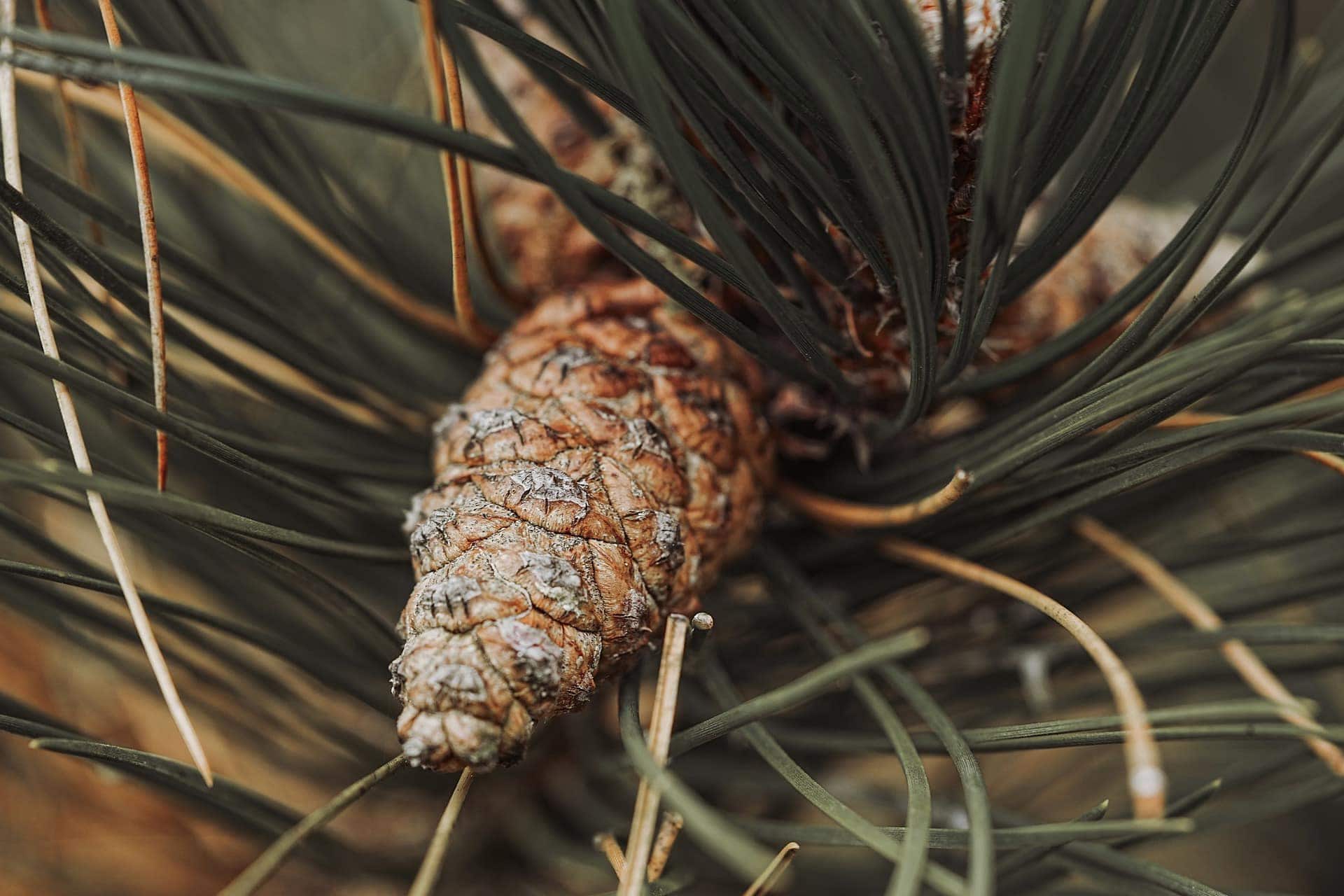- Sustainable Tails
- Posts
- Sustainable Tails
Sustainable Tails
Cat Allergies, Dogs Eating Pine Needles, and Symptoms Of Dog Allergies
Hello and welcome back to this edition of Sustainable Tails. We are smack dab in the throes of Spring, with allergies, warm and cold temps, sunshine, rain, and blooming trees and flowers. We thought it would be suitable to discuss some relative topics this week; dealing with cat allergies, dogs eating pine needles, and dogs suffering with allergies. We truly hope you enjoy what we have put together this week.
Dealing With Cat Allergies

Cat allergies are a common issue for many people, especially during the springtime when allergens like pollen are prevalent. These allergies are typically triggered by proteins found in a cat's skin cells, saliva, and urine, which can become airborne and cause allergic reactions in sensitive individuals.
Symptoms of cat allergies can include sneezing, coughing, wheezing, itchy eyes, and skin rashes. For people who are allergic to cats, springtime can exacerbate these symptoms due to the increased pollen in the air. To help manage cat allergies, there are several tips that can be followed. Firstly, it's important to keep your home clean and free of cat hair and dander. Regular vacuuming and dusting can help reduce allergens in your home. Additionally, using air purifiers with HEPA filters can help trap allergens and improve air quality.
It's also a good idea to create a "safe space" in your home where your cat is not allowed, such as a bedroom, to minimize exposure to allergens. Bathing your cat regularly can also help reduce the amount of allergens they shed. For individuals with severe cat allergies, it may be necessary to consider allergy shots or medication to help manage symptoms. However, it's always best to consult with a healthcare professional before starting any new treatment.
By following these tips, individuals with cat allergies can help reduce their symptoms and enjoy a more comfortable springtime.
Kitty Curiosities
Cats have a special way of "talking" to humans that's different from their communication with other cats. They use a variety of vocalizations, including meows, purrs, and chirps, to express their needs and emotions. These sounds are often more varied and frequent when interacting with their human companions.
Symptoms Of Dog Allergies And Possible Treatment

Dog allergies can be a frustrating issue for both pets and their owners. Just like humans, dogs can develop allergies to various substances in their environment, including pollen, dust mites, mold, and certain foods. Recognizing the symptoms of allergies in your dog is crucial for providing them with the proper care and treatment.
Common symptoms of allergies in dogs include itching, scratching, licking, and chewing, particularly in the paws, ears, and belly. Some dogs may also experience red or inflamed skin, hair loss, ear infections, or respiratory issues like sneezing and coughing.
If you suspect that your dog has allergies, it's important to consult with your veterinarian for an accurate diagnosis. Your vet may recommend allergy testing to determine the specific allergens affecting your dog. Once the allergens are identified, your vet can recommend the most appropriate treatment plan.
Treatment options for dog allergies may include:
Avoiding the allergen: If possible, avoid exposing your dog to the allergen that triggers their symptoms. For example, if your dog is allergic to pollen, try to limit their outdoor activities during peak pollen times.
Medications: Your vet may prescribe medications such as antihistamines, corticosteroids, or immunosuppressants to help manage your dog's allergy symptoms.
Allergy shots: Allergy shots, or immunotherapy, may be recommended for dogs with severe allergies. These shots work by gradually desensitizing your dog to the allergen over time.
Dietary changes: If your dog has food allergies, switching to a hypoallergenic diet may help alleviate their symptoms.
Topical treatments: Shampoos, sprays, or creams containing soothing ingredients can help relieve itching and inflammation in your dog's skin.
By working closely with your veterinarian and following their recommendations, you can help your dog manage their allergies and enjoy a happier, more comfortable life.
Pet Poem Place
In the bloom of spring, a dog frolics with glee,
Bounding through fields, so wild and free.
His tail wags with joy, in the warm, gentle breeze,
Sniffing the flowers, with effortless ease.
He chases the butterflies, in a playful dance,
His antics and energy, a sight to enhance.
With each joyful bark, the world feels anew,
In springtime's embrace, with skies so blue.
So let's join our furry friend, in this season of rebirth,
Embracing the joy, and the beauty of earth.
For in the heart of a dog, springtime finds its true cheer,
A reminder of life, and all we hold dear.
Is Your Dog Eating Pine Needles?

Dogs are known for their curious nature, and one common behavior that can be concerning for pet owners is eating pine needles. Dogs may be attracted to pine needles for various reasons, such as their texture, taste, or scent. However, ingesting pine needles can pose several hazards to your furry friend.
One of the main concerns with dogs eating pine needles is the risk of gastrointestinal blockages. Pine needles are sharp and can cause damage to the digestive tract if ingested in large quantities or if they become lodged in the intestines. Additionally, pine needles can be toxic to dogs, especially if they come from certain pine tree species.
To help prevent your dog from eating pine needles, it's important to keep your yard clean and free of debris. Regularly sweep up fallen pine needles and other yard waste to reduce the risk of ingestion. If you have pine trees in your yard, consider fencing off the area or using deterrents to keep your dog away from them.
If your dog does ingest pine needles, monitor them closely for any signs of distress, such as vomiting, diarrhea, lethargy, or abdominal pain. If you notice any of these symptoms, contact your veterinarian immediately. In some cases, surgery may be necessary to remove the ingested pine needles and prevent further complications.
Overall, it's best to take precautions to prevent your dog from eating pine needles and to seek veterinary care if ingestion occurs to ensure your pet stays safe and healthy.
Just For Fun
Well, that’s a wrap for this week. Please be sure to share this growing community of pet lovers from around the world with your friends and family. We send you an unobtrusive email once a week right to your mailbox. That’s all there is to it! We welcome any and all input from all of our subscribers. Send us topics you’d love to know more about, or just drop a line to say hello. There are exciting things coming as Sustainable Tails grows in popularity!
Sustainable Tails is dedicated to helping you create a harmonious and eco-friendly life for you and your pets. By embracing zero-waste and pet-friendly grooming products and sustainably exploring the outdoors together, you're not only enhancing the well-being of your furry companions but also contributing to a healthier planet.
Thank you for joining us on this weeks adventure. Continue to spread the word on what we are doing here, and always know your comments and participation in our community are welcomed with open paws. We’ll see you right here next week, so continue making sustainable choices and cherishing each and every day with your beloved pets!
Joshua McCarty
Founder, Sustainable Tails
P.S. Have a topic you’d like us to cover in our next newsletter? Share your ideas and questions with us. We’d love to hear from you!
P.P.S. Take a peek over at our partner website for an ever growing list of sustainable and eco-friendly pet supplies and accessories, as well as many other pet friendly products!




